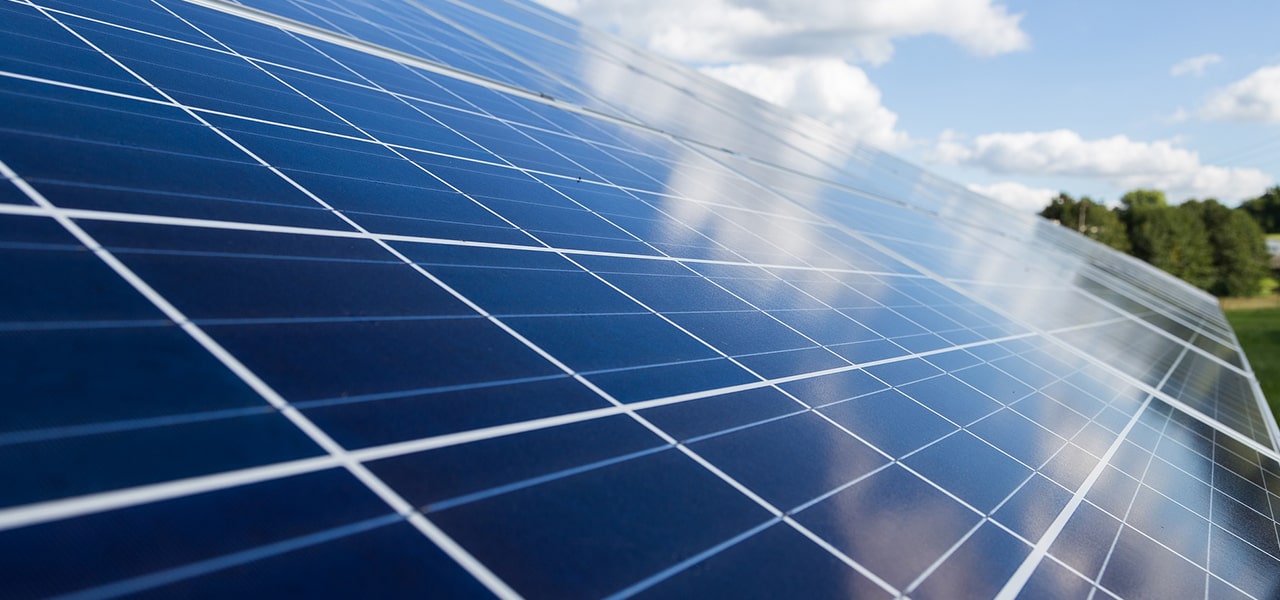How Photovoltaic Modules are a Better Solar Power-Generating Option
PV (Photovoltaic) is a Solar Equipment that is emerging as a major power resource. It is steadily turning into a more affordable option and could serve as reliable power sources for the future. Photovoltaic modules in a solar plant are like leaves of a plant, where the sun rays are converted directly to electricity. The photovoltaic effect is one of the primary techniques used to convert sunlight into electricity. Many PV cells together form a PV module, which can be arranged in different ratios and designs to achieve different output wattages. Modules range from 3Wp to 330Wp.
Made of two layers, a single PV cell is basically a thin semiconductor made of highly purified silicon. While different semiconductors can be used to make PV cells, it is the crystalline silicon that is widely used. The layers are doped with boron on one side and phosphorous on the other side, producing electrons on one side and holes. The photons in the sunlight will knock off the excess electrons when the wafer is exposed to sunlight. When the excess electrons try to move to the deficit side, it creates a voltage difference between the two sides. In crystalline silicon this voltage is 0.5 volt.
Types of Photovoltaic modules
1. Single crystalline (Mono Crystalline): This is the most seasoned and a standout amongst the most costly creation method, yet it is likewise the most productive daylight transformation innovation accessible. Module effectiveness midpoints range from about 15%-20%.
2. Polycrystalline (Multi Crystalline): This has a slightly lower conversion efficiency compared to single crystalline but manufacturing costs are also lower. Module efficiency averages about 13%-16%.
3. Thin Film: Silicon material is vaporized and saved on glass or hardened steel. The expense is lower than some other technique. Module effectiveness midpoints range from 10%-13%.
What is a PV array?
When a number of individual PV modules or panels are wired together in a series, it becomes a PV array. It is used to deliver the voltage and amperage required by a particular system. The size of an array can vary from a single pair of modules that can fit on your roof-top to contiguous panels that could cover acres. The PV panels include one or more PV cells assembled as a pre-wired, field-installable unit. The measured plan of PV boards enables frameworks to develop as necessities change. Modules of various make can be intermixed with no issue, as long as every one of the modules have evaluated voltage yield inside 1.0-volt distinction.
Advantages
Sun oriented power given by photovoltaic frameworks brings down your service charges and protects you from utility rate climbs and value unpredictability because of fluctuating vitality costs. Introducing a nearby planetary group builds property estimation and home resale openings. Modules don’t rely on miles of exposed wires; residential PV systems are more reliable than utilities, particularly when the weather gets nasty. Photovoltaic modules have no moving parts and degrade very slowly. Solar electric systems are quiet, reliable and free of fossil-fuel. Unlike mobile power generators, it avoids greenhouse gas emissions.
There are many online platforms where Solar panels can be bought. “Solarexchange.com” is one such website. It offers an opportunity where the buyers meet sellers and give the best cost and item that meets the purchaser’s necessities. It is an International platform, with many renowned manufacturers around the world.

